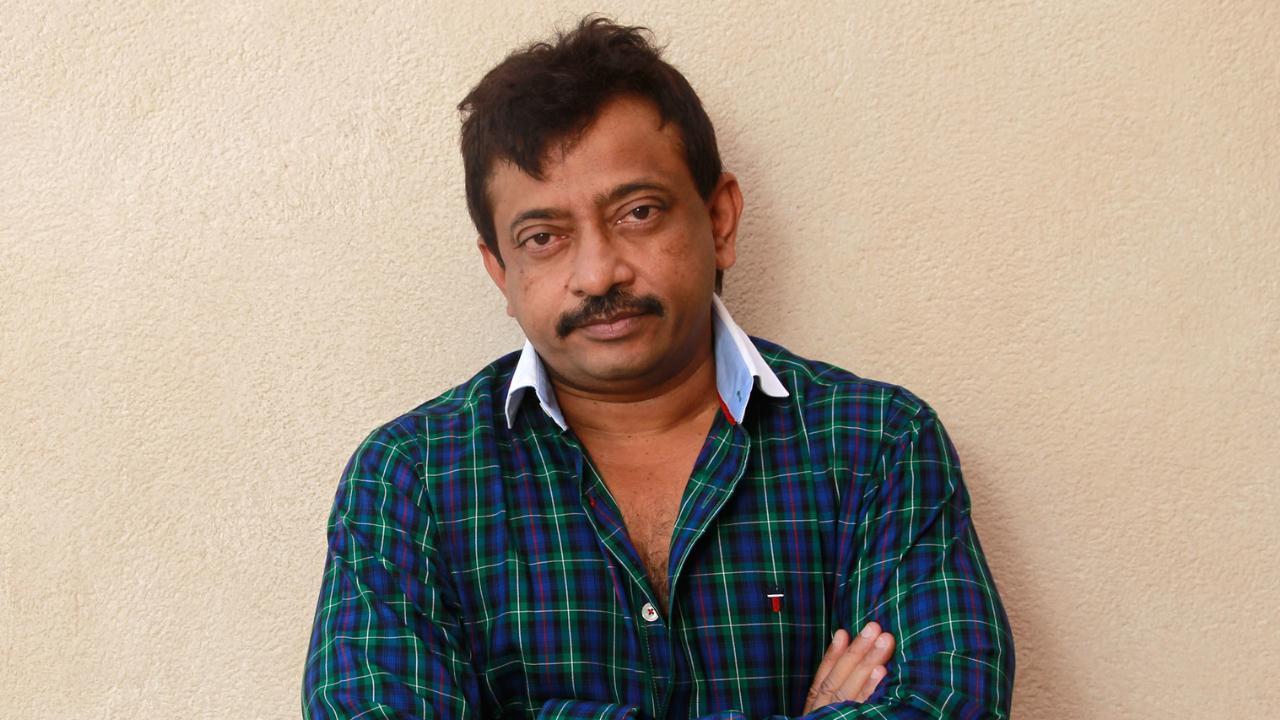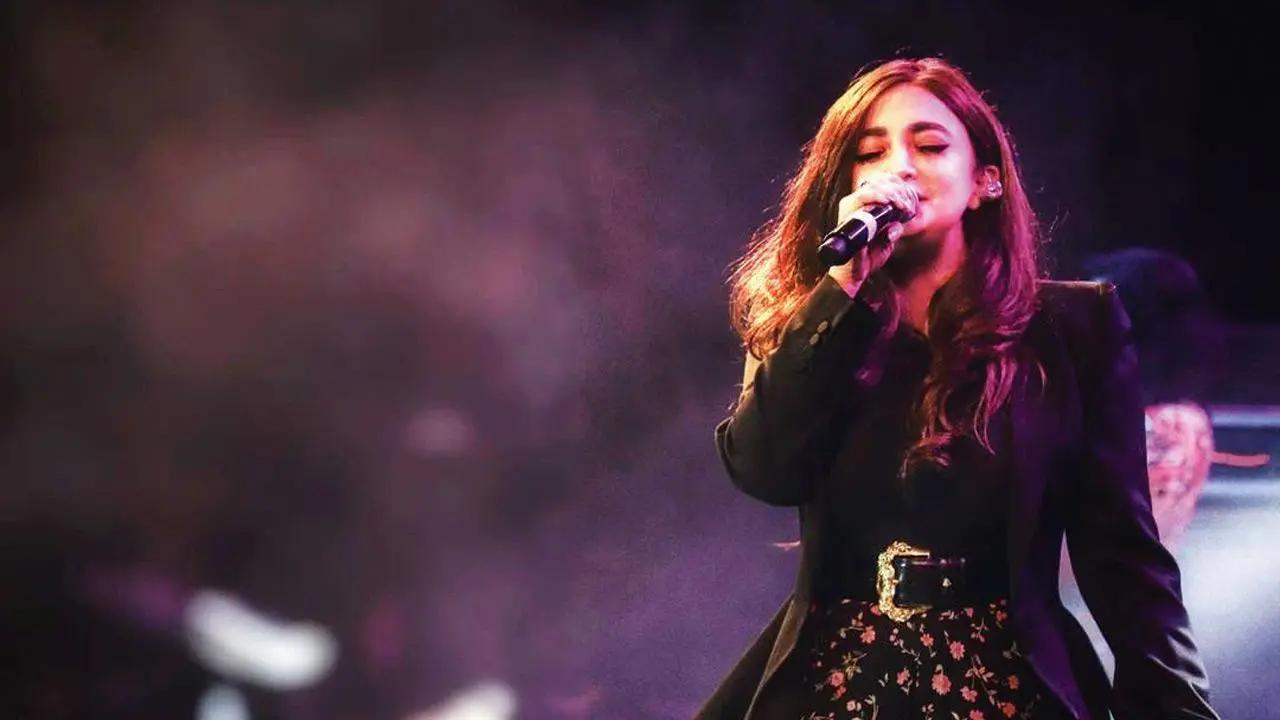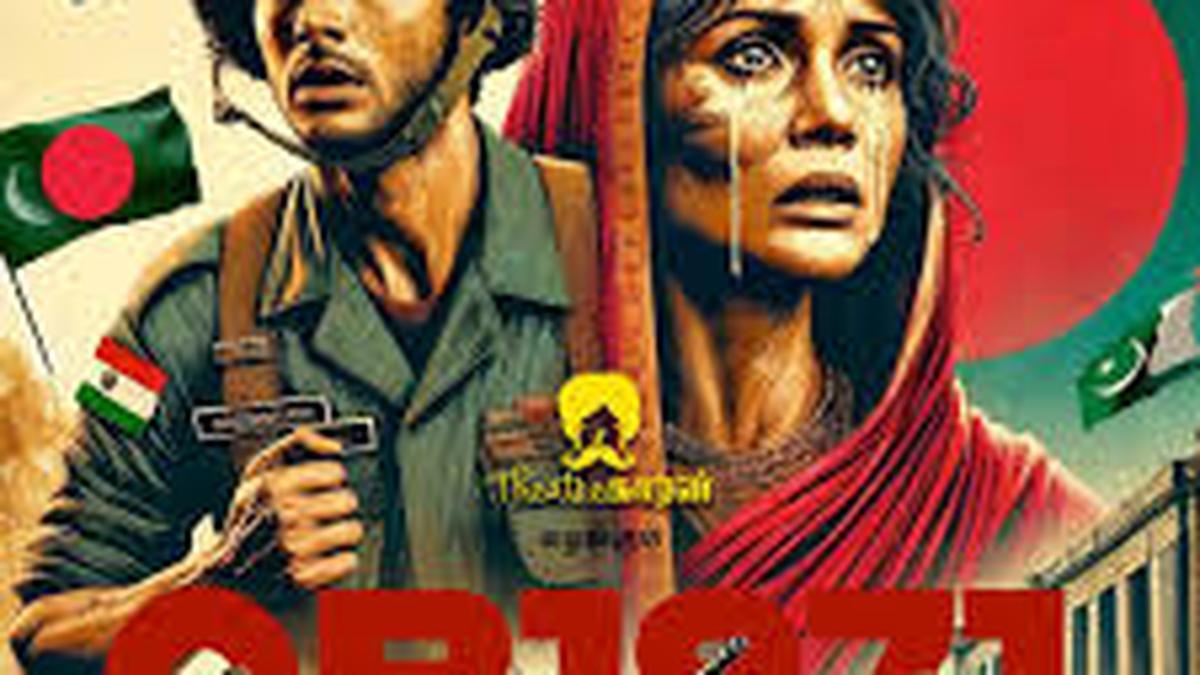
The ‘Dance for Dance’ festival, a kaleidoscope of India’s rich classical dance heritage, celebrated its final evening in splendor, featuring an array of performances that embodies the spirit of traditional narratives, rhythmic mastery, and emotive storytelling. The event unfolded with Nepathya Sreehari Chakyar’s new solo production, a nuanced interpretation of ‘Gajendramoksham’, marking the continuation of his artistic lineage as the grandson of the renowned Kochukuttan Chakyar and progeny of the esteemed performer Margi Madhu.
In a tale weaved through time and emotion, ‘Gajendramoksham’ unravels in three parallel story arcs. Here, audiences witnessed the curse befallen on Huhu, a gandharva transformed into a predatory crocodile by the irate sage Devala for desecrating the sanctity of his pond. Simultaneously, King Indradyumna’s devout meditation on Mount Malaya is disrupted, leading to his transformation into an elephant under the curse of sage Agasthya. As the plot converges, the elephant Gajendra, entangled in the jaws of Huhu, the crocodile, beseeches the divine intervention of Lord Vishnu, who ultimately rescues him, granting liberation.
Sreehari, in his role as Sutradhara—narrator and commentator—introduced this mythological confluence with a shloka from Narayaneeyam, encapsulating the essence of the rescue saga. His portrayal of the characters was a breathtaking display of detailed abhinaya, meticulously expressing the subtleties of each persona. Audiences, including those unfamiliar with the nuances of Koodiyattam, were aided in their appreciation by the addition of subtitles projected alongside the performance. In a climactic resolve, Sreehari showcased his versatile acting prowess by seamlessly transitioning between three distinct roles.
Koodiyattam stands apart from other stylized Indian classical dance forms and dramatic expressions such as Kathakali, with its emphasis on potent facial expressions and restrained hand gestures, allowing for a more profound connection with the audience. The evening’s presentation concluded with an exhilarating flourish, the drumming ensemble led by Kalamandalam Manikandan on the mizhavu reaching an intense crescendo that left the audience in awe.
The festival stage then gracefully transitioned to the Mohiniyattam performance by Neena Prasad, entitled ‘Swathi Muthyam’, paying homage to the exquisite compositions of Swati Tirunal. Although Prasad is acclaimed for her expertise in nritta, or pure dance, her ability to convey a narrative through expressive gestures, or abhinaya, was particularly stirring. Her performance, which took place at the Bharatiya Vidya Bhavan in Mylapore on December 24, 2023, as part of the Kartik Fine Arts’ Margazhi festival, showcased her meticulous research and development of Mohiniyattam movements with her mentor, Kalamandalam Sugandhi.
Prasad’s Hamsadhwani cholkettu and Bhoopalam tillana were performed with remarkable control and the elegance, highlighting her sophisticated footwork and precise circular movements, known as ‘chuzhippu’. The transcendental quality of her dance was further enriched by her deep internalization of the music. One of the pieces, ‘Andolikavahane’ by Swati Tirunal in Anandabhairavi raga, choreographed to depict Lord Padmanabhaswamy in a ceremonial procession, showcased her ability to weave lyrical subtleties into dance with measured nritta interludes.
Moreover, Prasad provided a unique twist to the storyline in ‘Rama ava akhila ripu virama’, reinterpreting the word ‘ripu’, or enemy, to symbolize man’s inherent arrogance. Through expressive sancharis, she depicted the clash of egos between Arjuna and Hanuman, and later, the devastation of Kama upon realizing his beauty paled in comparison to Lord Rama’s. The visual storytelling was compelling, transporting the audience to a realm of mythic introspection.
Completing the triad of the evening’s performances, the audience was treated to ‘Vistar: Elaborations in Odissi’ by the distinguished guru Madhavi Mudgal and her team. Mudgal’s group choreographies elegantly laid out the foundational elements of Odissi dance, nestled within compositions by Madhup Mudgal, rendering a harmonious culmination to an evening celebrating diverse narratives, rhythms, and cultural heritage. The event part of the Margazhi festival, once again united connoisseurs and casual observers alike under the roof of the Bharatiya Vidya Bhavan, embracing the timeless vibrancy of India’s classical dance forms.










